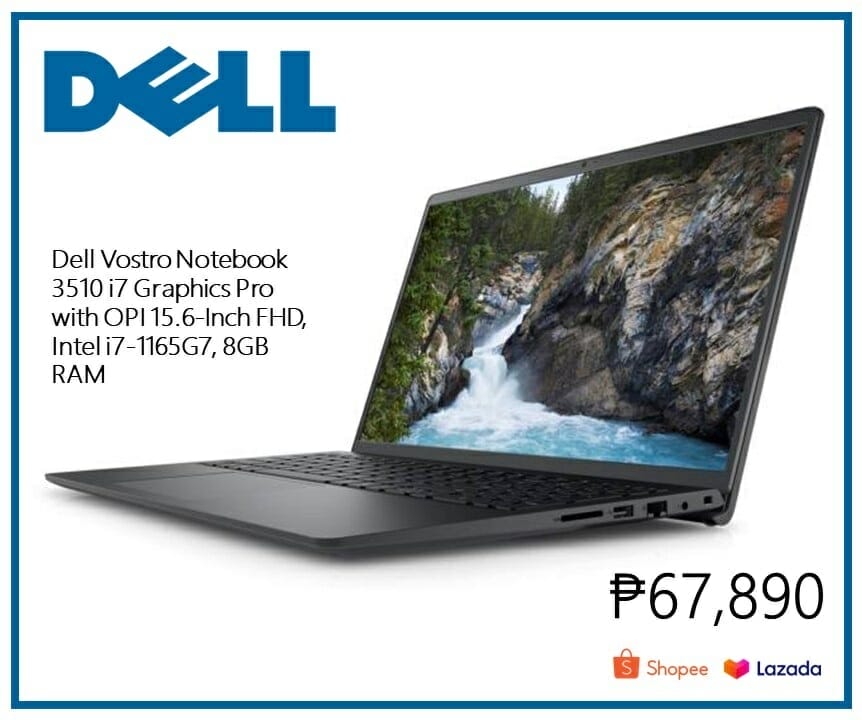This is how a recirculating chiller can cool your metalworking machinery.
In the metalworking industry, many processes create heat. Whether we are actively adding it with techniques like gas and laser welding, or it gets created by the kinetic energy of friction when we are drilling, grinding, or milling metals; too much heat can be an unwelcome factor and negatively influence processes.
Manufacturing equipment like a chiller is the solution to these problems. They provide many procedures with a coolant medium to generate a steady temperature control. Learn here, how chillers work and which are suitable for the metalworking industry.
Types of Industrial Chillers
There are several methods of cooling, that various industrial chiller models can make use of. Some of them are more suited to specific temperature control needs or provide the user with better cost-efficiency and environmental friendliness.
The major types of chillers for industrial uses are:
- Water-Cooled Chillers
- Air-Cooled Chillers
- Evaporative Condensed Chillers
Another distinction can be made between open systems and a recirculating chiller. Here, the important difference lies between water coolers vs. water chillers. Chillers typically use a closed system and a chemical coolant, while coolers rely on a steady water supply and cooling water tanks.

Condenser-Based Cooling
Evaporative condensed chillers and the air and water chillers all make use of the same thermodynamic processes:
- A liquid that is pressurized rises in temperature. During this process, the liquid evaporates. The gaseous form eventually condenses back into its original state, once the pressure is reduced. During this stage, the liquid is cooled down.
- A cold object will always draw the heat from warmer surroundings, while hot objects give their heat away when their environment is colder than they are.
The cooler uses a compressor and condenser to turn an often-chemical coolant liquid into gas and back. The liquid and gas are being led through a closed circle to repeat this process over and over. When the coolant is heated, it draws the heat from its surroundings.
- An evaporative condensed chiller additionally cools the coolant down by applying either air or water to the outside of the coolant pipes.
- Air-cooled chillers use the ambient air and fans in their refrigerant cycle.
- Water-cooled chillers use a water tank and water in this process. They can also use fans to help move things along.
Recirculating Chillers
In metalworking processes, we benefit from a recirculating chiller. These machines create an enclosed, highly effective cooling system. With this technique, they provide industry processes with energy-efficient, precise and stable temperature control up to below ambient temperature.
Using recirculating chillers, the coolant and cooling medium have very little decrease over time, since they are part of a circulatory system.
In comparison, a water cooler with a water tower can use water as its cooling medium and coolant. This water is drawn from cooled water tanks. Here, the cooling effect is created by spraying the water on large surface areas and evaporating it in contact with air. Fans help with this evaporation process.
Therefore, these kinds of coolers need a steady supply of new water. The large basins needed to store this water are often used for large-scale operations, like power generation. Because of the need for a steady water supply, these industrial buildings are typically near a body of water.
Water Chillers vs. Air Chillers
Overall, water-cooled chillers are more expensive but typically more effective and long-living. They cost less energy to use but can have higher maintenance costs and effort, to ensure water quality, freeze protection, and more. With closed-loop recirculating chiller systems, you will not have to worry about the often-mentioned contra of costs for a steady water supply.
Which one is the right choice is mostly dependent on the circumstances they are being used in. For example, the heavy use of fans in air chillers will create a louder noise, which might be unsuitable for smaller workspaces. Their efficiency will also be reduced in poorly ventilated indoor spaces. They are, for the exact opposite reason, great choices for outdoor installments with free and unlimited air supply.
An expert will help you find the right choice for your individual use and demands.
Conclusion
The metalworking industry has seen substantial growth in the past few years. The choice of chiller can be an important decision to ensure further success and competitiveness. The effectiveness and precision of a chiller are essential for the seamless creation of high-quality products.
Recirculating chillers are the best choice. They are significantly more environmentally friendly and cost-efficient than other cooling methods. Among them, water-cooled chillers are especially effective and live up to 30 years.












